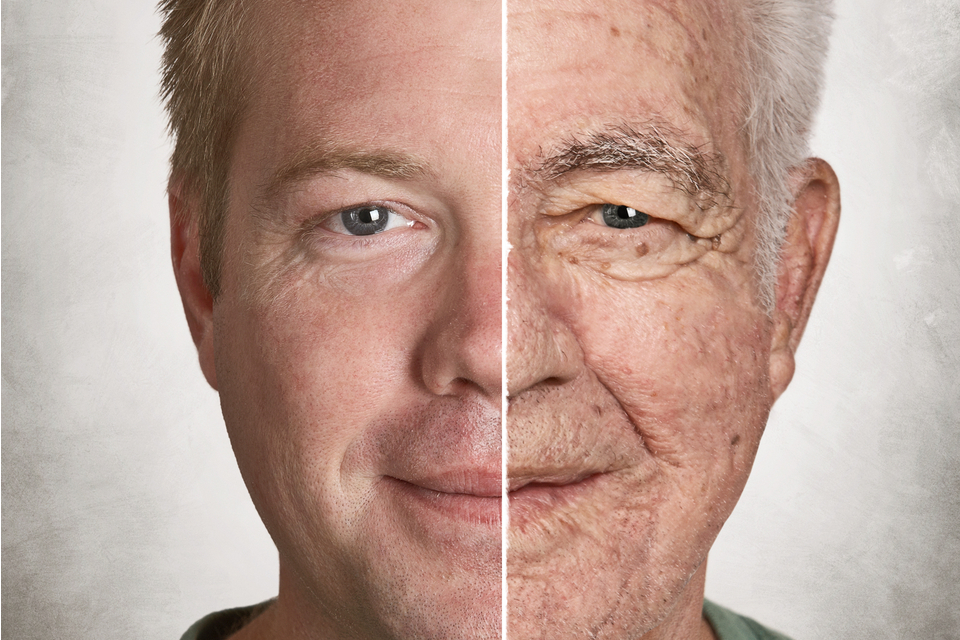Researchers appear to have found a way to rejuvenate old human senescent cells, lengthen their telomeres (the chromosomal caps that disappear as we age), and cause them to start dividing again as do younger cells.
A team of researchers from the University of Exeter in England reportedly discovered a new way to rejuvenate old human cells. The discovery, according to experts, marks an astounding breakthrough in the study of aging.
In a new paper published by the team, led by Professor Lorna Harries of Molecular Genetics at the University of Exeter, they explained how they rejuvenated inactive senescent cells. Senescent cells are cells which cease to divide and are often associated with inflammation, tissue damage, and age-related diseases.
According to the study, Harries and her team used a rejuvenating technique that had the senescent cells dividing again within a few hours of treatment. What’s more interesting is that the resuscitated cells also showed longer telomeres, the chromosome caps that shrink and eventually disappear as cells age and die.
Researchers may have found a way to keep people from #aging #ScienceClick To TweetThe Key to Staying Forever Young?
The scientists were able to rejuvenate old human cells and make them not only look aesthetically younger but also enable the old cells to behave like young cells and start dividing again. The findings said to support early studies of the Exeter group that showed a class of genes called splicing factors that switch off as we age.
A part of the team’s paper which was published in the BMC Cell Biology journal read:
“Messenger RNA (mRNA) processing has been implicated as a key determinant of lifespan. Splicing factor expression is dysregulated in the peripheral blood of aging humans, where they are the major functional gene ontology class whose transcript patterns alter with advancing age and in senescent primary human cells of multiple lineages.”
Together with Professor Richard Faragher and Dr. Elizabeth Ostler from the University of Brighton in England, Harries’ team found that splicing factors can be switched back on using chemicals that could rejuvenate the senescent cells.
To begin the rejuvenation process, the researchers first exposed cell cultures to reversatrol analogues, chemicals based on a substance naturally found in red wine, dark chocolate, red grapes, and blueberries. Reversatrol, in many instances, has been said to prolong the life of many organisms.
The said chemicals surprisingly caused splicing factors to switch back on. Within a few hours, the old cells appeared to look younger and started rejuvenating. In a statement released by the team, Professor Harries was quoted as saying:
“This is a first step in trying to make people live normal lifespans, but with health for their entire life. Our data suggests that using chemicals to switch back on the major class of genes that are switched off as we age might provide a means to restore function to old cells.”
Dr. Eva Latorre who performed the experiments was clearly surprised by the extent and rapidity of the cell changes. She said:
“When I saw some of the cells in the culture dish rejuvenating I couldn’t believe it. These old cells were looking like young cells. It was like magic. I repeated the experiments several times and in each case the cells rejuvenated. I am very excited by the implications and potential for this research.”
The team went on to emphasize that splicing factors play an essential role in ensuring that genes can perform their full range of functions. As we age, the splicing factors tend to work less efficiently or not at all thus restricting the capability of the cells to respond accordingly to the challenges in their environment. It was also found that older people have more senescent cells and fewer splicing factors.
Apparently, being able to rejuvenate old human cells could help alleviate, if not totally eliminate, the diseases associated with aging or even stop aging itself in some cells.
“This demonstrates that when you treat old cells with molecules that restore the levels of the splicing factors, the cells regain some features of youth. They are able to grow, and their telomeres – the caps on the ends of the chromosomes that shorten as we age – are now longer, as they are in young cells. Far more research is needed now to establish the true potential for these sort of approaches to address the degenerative effects of ageing,” Harries further explained.









Comments (0)
Least Recent